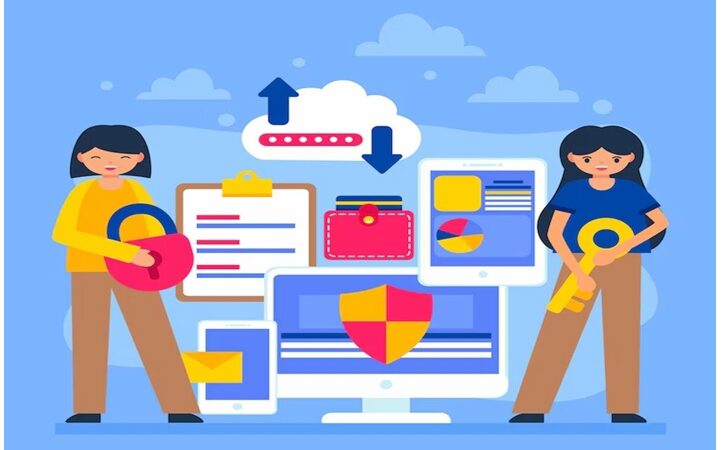How to Use Your Brain While Designing Website Layouts
Overused bevel effects, corny clip art, and crowded templates are all things we understood properly to make a website look poor. These annoyances can be easily avoided by designing with design fundamentals in mind – the same values that experienced designers and artists employ. Most advertisers continue to target the wrong part of the brain: the rational side, which requires so much conscious effort and therefore is reserved by the brain for some of the most critical decisions. Instead of appealing to the rational part of the head, advertisers should cater to the irrational side, which is in control 95% of the time. The irrational brain is to blame for visitors’ online behavior, which includes being lazy, impatient, and running on autopilot. This is the reason why web designing company Delhi uses certain tricks to make users spend more time on the website. Below we have mentioned a few such tips.
1. Your brain likes simple choices and options
Don’t give your users too many options. When users are presented with too many choices, they are prone to decision paralysis, preferring to put off making any decisions rather than having to make it on the spot with minimal details. Limit your options on your website and make them visually clear. Using wizards to direct users and lead them to the right option or product for them.
2. Shortcuts are your brain’s favorite
By using mental shortcuts, your brain attempts to save as much energy as possible. Online conventions, for example, make it easier for users to communicate with websites. When the program is familiar, the brain doesn’t have to waste time figuring out how it functions and where items are located. Social evidence, such as testimonials and user feedback, works in the same way: it lets the brain develop faith in your website early on.
3. The brain is wired to be attentive towards motion
Motion recognition has been one of the brain’s oldest basic instincts. When something moves, we are conditioned to notice it. This means that something moving on a web page (such as videos and animation) not only attracts our attention but also monopolises it. Although the motion isn’t always a bad thing, you can only do this when it helps consumers understand your deal and supports the landing page goals. Otherwise, any clip, animated text, or moving images will only serve as a nuisance to your visitors.
4. The brain is hardwired to recognize people and faces
People are born with a desire to interact with others. People look at faces and learn more about the world and to pick up on other people’s action cues. You can take advantage of this by carefully selecting photographs of faces and people for your landing pages. Instead of staring directly at the user, use a picture of someone looking at it and you’ll see your visitors engage with those elements like the call-to-action.
5. The peak-end rule is the thumb rule
Visitors must have a positive recollection of the previous transaction in order to get back and do business with you. Fortunately for us, our brain follows the Peak-End Rule, which states that even the most memorable parts of an event occur at the most intense point and at its conclusion. This means that while your visitors do not remember the totality of their visit to the site, they will remember the sections where they were disappointed or pleased. They’d even recall whether their visit went well or ended in disaster.
Wrapping up
When you get right down to it, digital marketing is mostly about persuading and shaping the brain. Your layout and communications, on the other hand, should appeal to just the right side of the brain. This should be followed design for the illogical, subconscious side of the brain that is accountable for memories and automatic choices if you want to create an unseen, effortless experience. By using the above mentioned points in your next projects as also used by the best web designing company, you might as well turn your visitor into a potential customer.






